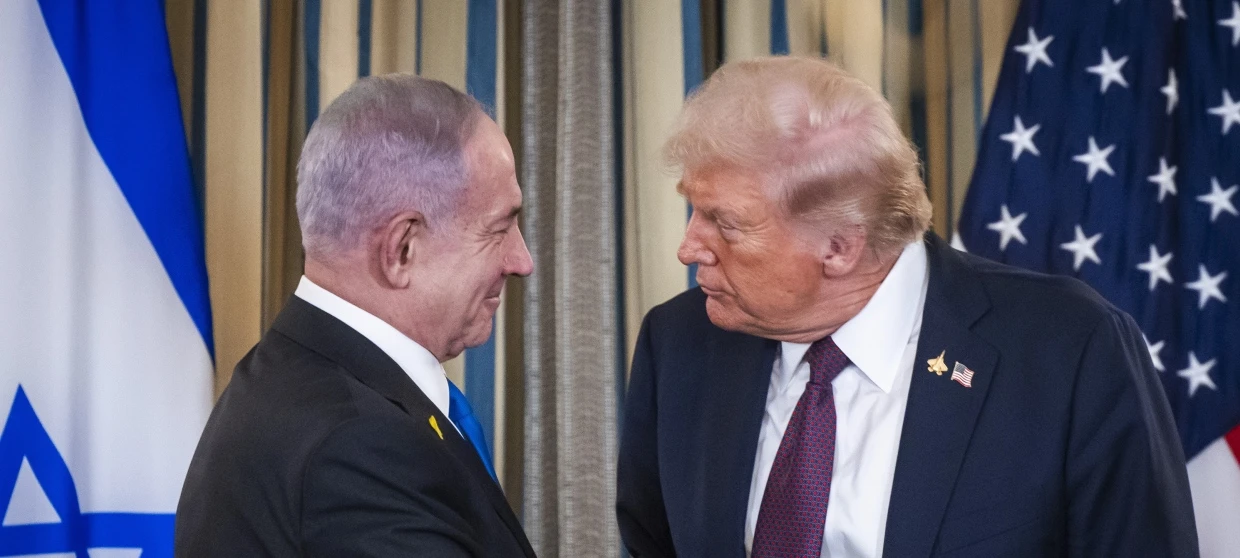US Strategy on Iran: From Sanctions to Perception Warfare
This approach assumes that dialogue with the Islamic Republic of Iran no longer leads to a balance of concessions. Instead, it relies on pressure, isolation and disruption of Iran’s internal power structures to achieve strategic changes favorable to the U.S. In this context, diplomatic language has given way to threats, sanctions and attempts to undermine Iran. The objective appears to extend beyond limiting Iran’s foreign policy, seeking instead to influence broader regional dynamics by weakening the foundations of Iran’s national legitimacy and power.
Ultimate Objective: Shaping Iran’s Political Landscape
Analysis of Washington’s recent actions suggests a shift in U.S. strategy from seeking to change Iran’s behavior to pursuing regime change. This shift is evident in three key areas: efforts to destabilize Iran’s political and social structures; creating divisions between Iran and its regional and global allies; and undermining Iran’s economy through maximum pressure and targeted sanctions. The U.S. no longer seeks to persuade or deter Iran but to discredit its political system both domestically and internationally.
Primary Tool: Israel’s Role in US Strategy
Within this framework, Israel has effectively become a key military partner in Washington’s broader strategy on Iran. From limited proxy attacks to cyberattacks and targeted assassinations, these actions are designed to test Iran’s defensive capabilities and disrupt regional security dynamics. One can view the recent 12-day conflict between Iran and Israel as a test of this doctrine. However, the results did not satisfy the U.S., as Iran’s defensive strength and Europe’s lack of political alignment hindered Washington’s objectives. This outcome has prompted a shift toward a secondary strategy.
Secondary Tool: Europe as a Diplomatic Vehicle
The second tool in the U.S. arsenal is Europe, now used as a diplomatic vehicle. Unlike in the past, when the European Union acted as a mediator in U.S.- Iran relations, Europe has become part of the pressure strategy. The activation of the “snapback mechanism” under the Iran nuclear deal marks an initial step in this plan. The goal is to rebuild Western political consensus against Iran and pave the way for Tehran’s diplomatic isolation. Further steps may include symbolic measures, such as European countries withdrawing their ambassadors from Tehran, expelling Iranian diplomats from European capitals, and launching a media campaign to portray Iran as completely isolated. From a political communication perspective, this is an attempt to shape global perceptions, presenting Iran not as a regional power but as an outcast actor in the eyes of the international community.
Sanctions represent the third and perhaps most potent tool in the U.S. arsenal, serving not only economic but also psychological and political purposes. In the U.S.’ new doctrine, sanctions are more than an economic pressure mechanism; they are a means of shaping government behavior by influencing public opinion and fostering social discontent. In this sense, sanctions function as a form of “economic media” aimed at signaling perceived weaknesses in government performance. From the perspective of political communication theories, this reflects the “symbolic power of sanctions.” Sanctions manifest as shortages, inflation and livelihood crises, all designed to erode political legitimacy.
Secondary Plan: From Hard Power to Perception Warfare
The United States' and Israel's pressure strategy has shifted from hard power to soft political tactics as a result of their inability to meet their military goals in the 12-day conflict. The focus of this backup plan is to create a perception crisis by portraying Iran as a dangerous, uncooperative and isolated country. According to this framework, focused initiatives could be a component of more comprehensive strategic plans, such as media and information campaigns. In addition to eradicating specific people, such acts seek to psychologically destabilize Iran and create a sense of insecurity in order to upend its political and regional order.
A New War: Competing Narratives and Legitimacy
It seems that United States strategy against Iran has changed from engaging in a direct military conflict to engaging in a complex hybrid conflict that concurrently uses the media, diplomacy and economic tools. The ultimate objective of this conflict is to control public opinion rather than conquer new territory. Therefore, military or economic measures alone will not suffice for an effective Iranian response. It must entail redefining the national narrative around resilience and strength, managing international perceptions and practicing proactive media diplomacy. Only by making such efforts will Iran be able to reengineer its narrative of legitimacy and meaning in response to the U.S.' engineered hostility, a conflict that is essentially based on competing narratives.

